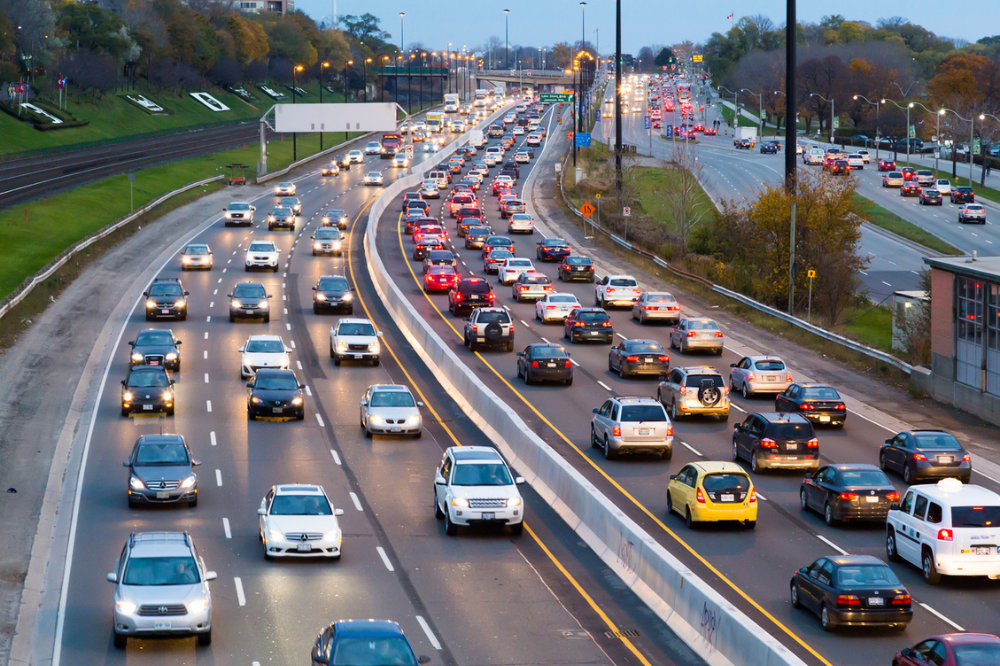High-risk auto insurance – what Canadian drivers need to know

“Low-risk drivers are an asset to car insurance providers because they make payments on time and rarely get into accidents,” the company wrote in a guide posted on its website. “In turn, the provider doesn’t have to spend much time or energy dealing with low-risk policyholders.”
“In contrast, high-risk drivers generally get into car accidents more often and are more likely to miss payments, thus, they take up more time and energy to work with in the long run. With all of this in mind, it’s easy to see why many car insurance providers aren’t keen on covering high-risk drivers,” the firm added.
Read more: Handling high-risk commercial auto insurance clients
But since auto insurance is mandatory in Canada, the insurance industry cannot prevent high-risk motorists from getting coverage. Car insurance for risky drivers, however, often comes with a hefty price tag.
What does it mean to be a high-risk driver?
A high-risk driver is a policyholder who is more likely to file an auto insurance claim compared to the average motorist.
“If you submit more claims than the average driver in Canada, then you’re essentially taking more than your fair share of the collective policyholder’s contributions,” Surex explained. “When this happens, car insurance providers are obligated to charge the motorist more for coverage.”
Several factors can result in insurance companies classifying a driver as high-risk. These include:
1. Previous insurance claims
Policyholders with a large number of claims within a short span of time are considered risky by most car insurance providers, especially if the driver has been involved in at-fault accidents. Some insurers also consider those that have filed claims for another type of insurance as having a higher probability of making a claim on their auto policy, placing them in the high-risk category.
2. Traffic violations
Being convicted of various traffic violations – including driving under the influence (DUI) – definitely puts a driver in the high-risk category. Risky motorists, however, can still redeem themselves by practising safe driving as traffic tickets disappear from their records after three years while at-fault accidents are also removed after six years.
Read more: IBC: 75% of Canadian drivers are distracted at the wheel
3. Poor credit rating
Some insurance companies look at a person’s credit score to determine if they are in a stable financial position to make timely premium payments. Having a bad credit history may also signal to an insurer that a policyholder is more likely to make a claim in the future.
4. Driver’s age
Drivers aged between 16 and 24, as well as those who have just received their license, are often considered high risk because many car insurance providers perceive them as “inexperienced” and are, therefore, prone to mistakes on the road. Some insurers also view policyholders in the age group as more likely to be involved in accidents or commit traffic violations. A number of auto insurance companies likewise classify elderly drivers as high risk.
5. Missed payments
Drivers who had missed regular premiums payments, resulting in their policies getting cancelled, are often marked as high risk by most car insurance providers.
6. Homeownership
Homeownership, or the lack of it, can sometimes affect how an insurer perceives a policyholder’s risk level. There are a few auto insurance providers that consider people who do not own a property as high risk as they see homeownership as a sign of financial stability.
7. Luxurious vehicles
Owners of sports cars or other expensive vehicles, or those who drive models that are prone to theft are considered risky by some insurance companies. So are car owners who have modified their vehicles to boost performance.
Read more: Revealed – the 10 least expensive vehicles to insure in Canada
How much does high-risk car coverage cost?
Although premiums prices differ between insurance providers, one thing is certain – the cost of high-risk auto coverage is significantly higher than that of a standard car insurance policy.
Markham-based insurance brokerage ThinkInsure estimated the average rates to be between $2,500 and $5,000 higher annually than those of regular auto insurance. Surex, meanwhile, said that high-risk drivers should expect to pay 25% to 100% more, or even higher.
How can high-risk drivers save on premiums?
Despite this, there are still ways for high-risk drivers to cut premiums, according to these experts. Here are some of their tips.
Practice safe driving: As mentioned earlier, driving tickets and at-fault accidents are removed from the records after a set number of years. By adopting safe driving practices, high-risk drivers can have a clean record after a few years.
Take driving courses: Taking special driving courses such as those for defensive driving, especially for new drivers, not only helps in reducing the risk of accidents and violations, but can also result in premium discounts.
Choose an inexpensive but efficient vehicle: Luxurious vehicles and those with performance-boosting modifications cost huge sums to insure. To save on premiums, drivers can opt for cars that are affordable and easier to maintain.
Improve credit rating: Motorists with a poor credit history can improve their scores by meeting the minimum monthly payments, which can affect the premiums they pay.
Compare quotes: Experts advise high-risk drivers to shop around for different policies to find the coverage that suits their needs. Talking to an experienced insurance broker can also help motorists gain access to specialists, which can offer the best value.





